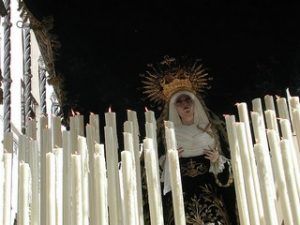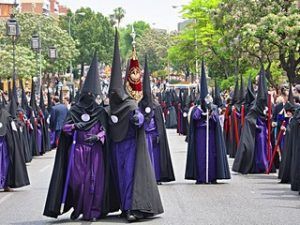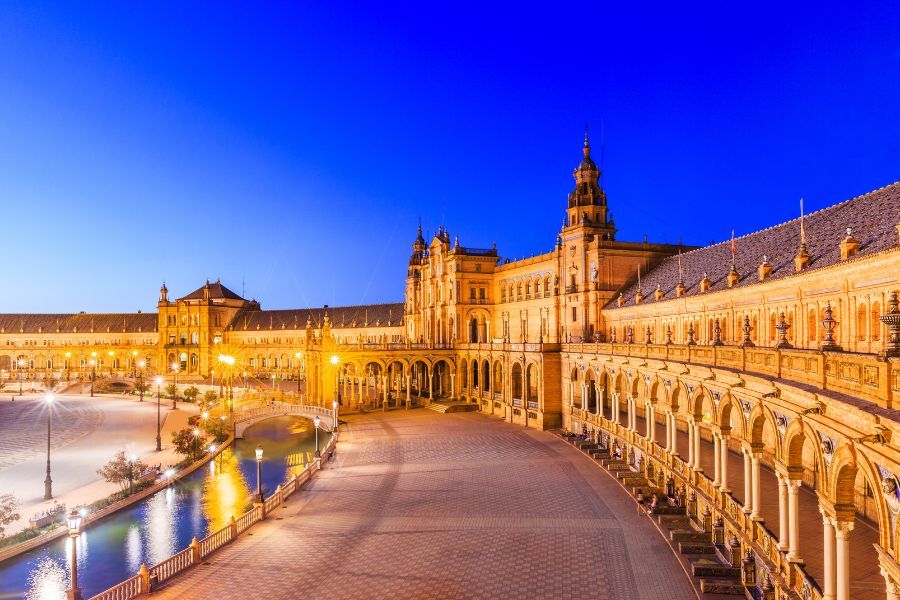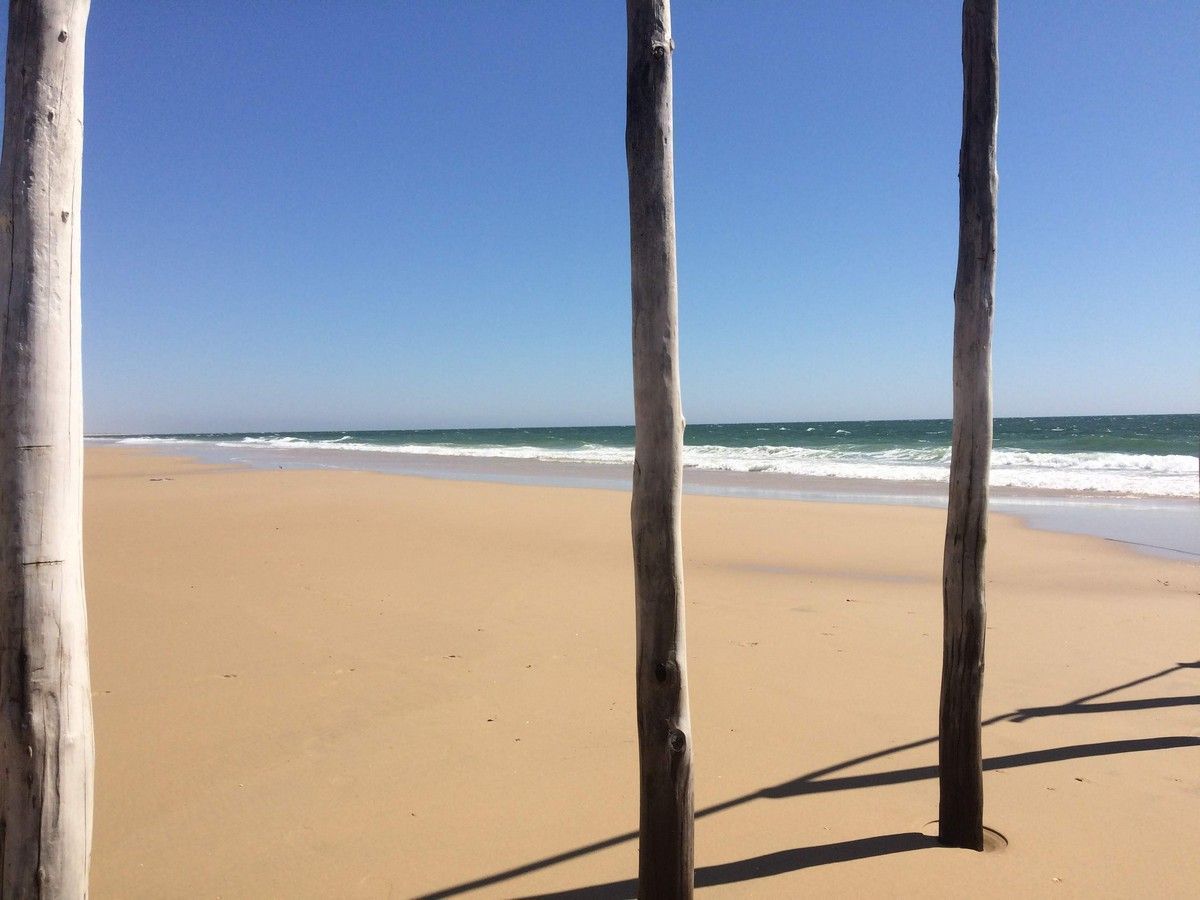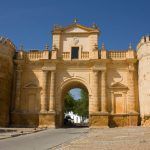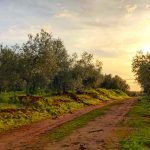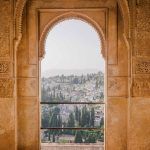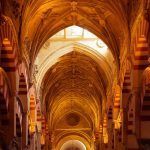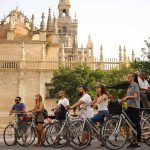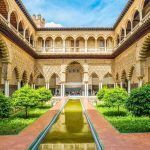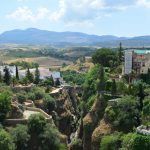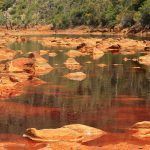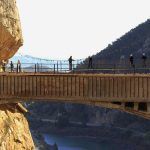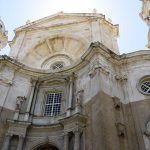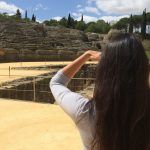Holy Week is the most important religious celebration in all of Spain, especially so in Seville, as this is the absolute best representation of the holiday in the country. Holy Week in Seville is so special that 1,000,000 people come from all over the world simply to partake.
When is Holy Week?
The date fluctuate between March and April depending on the year as it depends on the lunar calendar. The brotherhoods of Semana Santa carry heavy altars, or Pasos, depicting images from the passion of Jesus Christ or His Mother Mary, from Palm Sunday through Easter Sunday.


What is Holy Week in Seville?
This is a celebration of the Passion, Death, and Resurrection of Jesus of Nazareth. As in other cities around the world, Seville celebrates with a procession of the different religious brotherhoods of the churches throughout the city. In Seville a total of 69 brotherhoods proceed through the streets every Semana Santa.
Each of the brotherhoods usually have two images they show through the streets, one of an image of Jesus and the other of Holy Mother Mary. These so-called Pasos of Semana Santa are an important experience for those in each brotherhood, each wearing a hooded Nazarene tunic with covered faces and a candle or cross in hand.
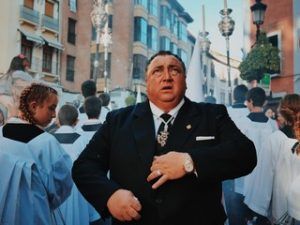
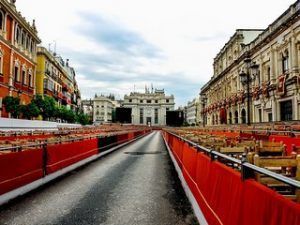
Though each brotherhood has its own chosen route from its specific chapel, all have a common point, passing through the interior of the great Cathedral of Seville. Though you can walk freely through the streets in search of these processions, part of the route is exclusive to some Sevillians who rent a private stall to watch from.
The most beautiful thing about Holy Week is the walk through the neighborhoods surrounded by the beautiful colors and images of the Pasos and Nazarenes, the smell of incense, the sounds of the people and the bands who follow the processions, and the experience of the most impressive celebration in Spain.
La Madrugá
The Dawn is one of the most special parts of Holy Week in Seville. Throughout the nights and until dawn some of the most passionate brotherhoods continue to proceed, such as La Macarena, La Esperanza de Triana, Jesús del Gran Poder, and El Cristo de los Gitanos.
During la Madrugá the streets are filled with people who search for the best view of the brotherhoods, often waiting hours upon hours just to get a short glimpse of the procession.
The moment when the Pasos enter the churches are particularly emotional, beautiful, yet long, but are truly worth the wait once experiences.
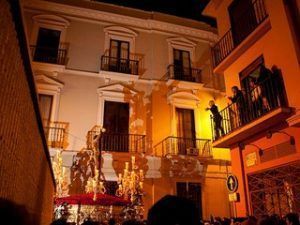
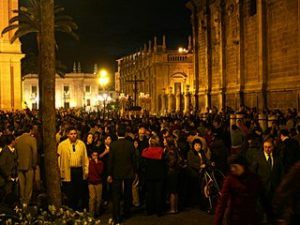
How can we know where and at what time the Brotherhoods pass?
The route and timetable of the processions are virtually identical each year excluding some minimal variations that occur due to organizational issues. Throughout Easter and even beforehand it is easy to get information and consultations from bars, tourist offices, and hotels and is a good idea so you can familiarize yourself with the holiday beforehand.
